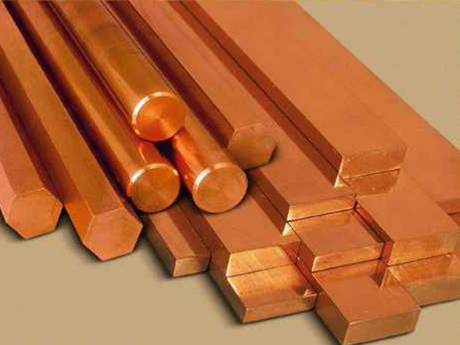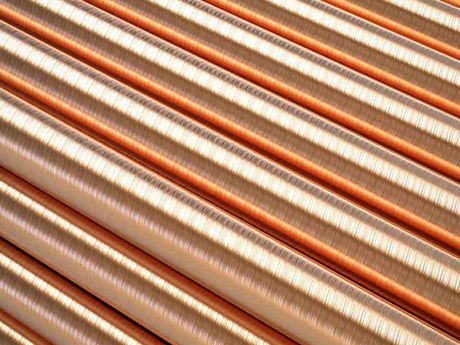What are the types of brass tubes?
People who have seen brass tubes may be a little confused, but so many all look the same, how should we choose. In fact, they are just similar in appearance, and the internal materials can be said to be very different. What kind of state are they divided into? The following Jin Bing brings you a detailed classification.
If the state of the brass tube is a variety of aluminum alloys composed of two or more elements, it is called unique copper. Such as copper alloy composed of lead, tin, manganese, nickel, iron, and silicon. Red copper has strong abrasion resistance. Unique red copper is also called special red copper. It has high compressive strength, high strength, and strong solvent corrosion resistance. The physical properties of drilling and processing are also prominent. Brass rods are different according to the types of aluminum alloy elements in red copper. Red copper is divided into general red copper and unique red copper. The red copper used for working pressure production and processing is called deformed red copper.
Brass tube belongs to the category: Condensing tube series products, which are mainly used in rivers, sea or coastal areas where the suspended solids exceed 500PPM. Various heat exchangers and cooler condenser tube series products where the surface water of the sea or coastal areas is the refrigerating substance. The key organic chemistry of this aluminum alloy The composition is: Cu, As, and the capacity is Zn. This product is generally used in power plants in inland areas where rivers, lakes, and springs are not corroded by floating solid materials and clean water. It can also be used in other liquid and fruit juice processing equipment. . In addition, the product is also widely used in the sugar industry and food industry. In this natural environment, arsenic can block the leaching of zinc. After thorough quenching, it can also block intergranular corrosion cracking, crevice corrosion and corrosion. Condenser tube series products, the key organic chemical composition of the aluminum alloy is: Ni, Fe, Mn, and Cu capacity. The addition of Fe and Mn in the aluminum alloy greatly improves the corrosion resistance of this raw material. In the cleaned sea, the water flow velocity of the aluminum alloy can reach 2.2-2.5%/s. The high-speed operation that can be accepted in the micro-solution can reach 4m/s. The aluminum alloy can prevent intergranular corrosion cracking and high-temperature point de-nickeling.
Welded heat-treated brass tubes are divided into five models according to organic chemical composition: H96, H62, H68, HSn62-1, HSn70-1. The length of the pipe fittings and tolerance requirements: if the length of the ruler is uncertain, the diameter is less than or equal to 50mm, the length is 1000~7000mm, and the diameter>50mm, the length is 500~6000mm. The length of the fixed or double ruler should be within the scope of the uncertain ruler, and the allowable error of length is 15mm. The length of the double ruler needs to be increased by the amount of sawing, and each sawing amount is 5mm. Welded heat-treated brass tubes are commonly used in the industrial sector to weld heat-treated brass tubes.
The above is the "brass tube state" introduced by Jin Bing. I hope it can be helpful to you. According to different purposes, different classifications can be made. If you have related needs, you can find our online customer service to answer you.



